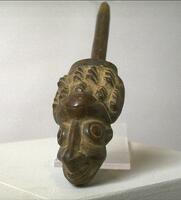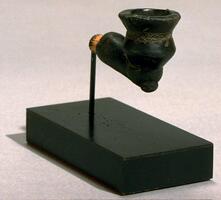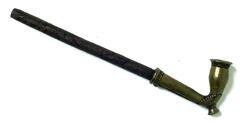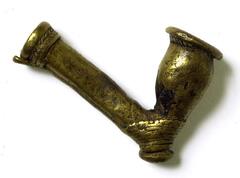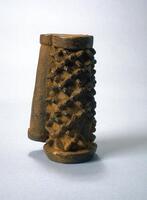35 UMMA Objects
35 UMMA Objects
![A clear glass bubble rests on the bowl of a plain white clay pipe. Along the stem of the pipe are the words, "Ce que [sic] manque à nous tous." A clear glass bubble rests on the bowl of a plain white clay pipe. Along the stem of the pipe are the words, "Ce que [sic] manque à nous tous."](/media/W1siZiIsIjIwMjIvMDkvMjQvMmR5MHViN2o5Yl9kZWZhdWx0LmpwZyJdLFsicCIsInRodW1iIiwiMjQweDIwMCJdXQ?sha=e23a50659ff4d560)
Man Ray (American (North American))
What We All Lack (Ce qui manque à nous tous)
1962
Gift of the Lannan Foundation in Honor of the Pelham Family
1997/1.129
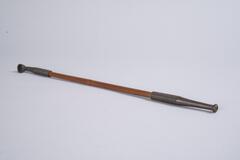
Japanese (Japanese (culture or style))
Smoking pipe (set of 3)
Bequest of Margaret Watson Parker
1954/1.568.2

Korean (Korean (culture or style))
Namhae Chest
1833 – 1866
Museum Purchase made possible by the Margaret Watson Parker Art Collection Fund
2009/2.90
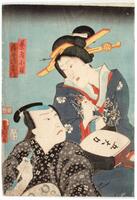
Utagawa Kunisada (Japanese (culture or style))
New Satsuma Style Made to Order: Iwai Kumesaburō III as Geisha Koman and Kataoka Gadō II as Satsuma Gengobei
1856
Gift of Dr. James Hayes
2003/1.469
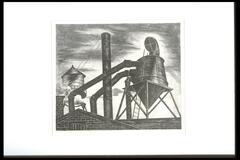
Bessie Rigrodsky
Sawdust Dispenser
1939
Allocated by the U.S. Government
Commissioned through the New Deal art projects
1943.117

Nicolas Charlet
Vieux Marin Fumant, pl. 6 from 'Croquis et Pochades à l'Encre par Charlet'
1828
Museum Purchase
1977/1.163
Loading…
